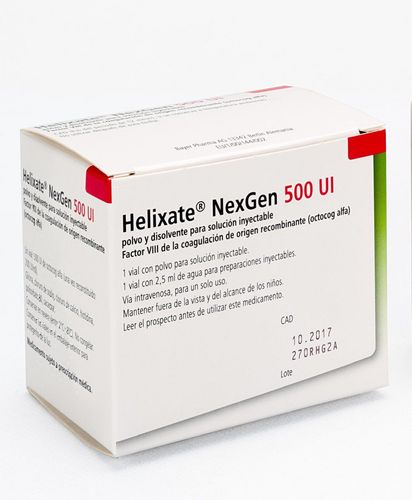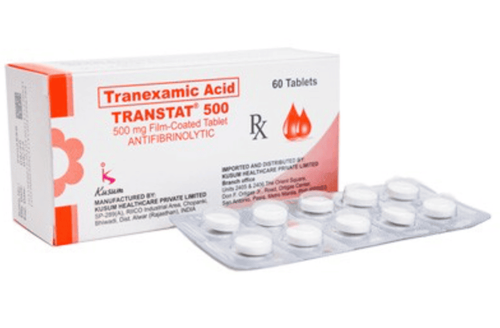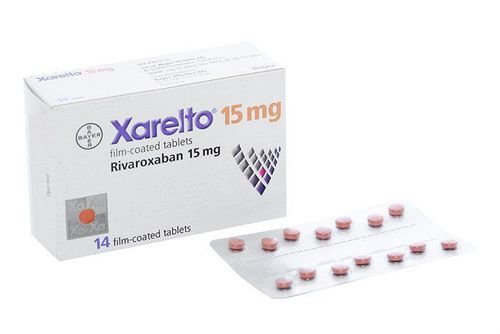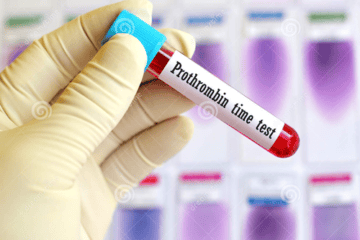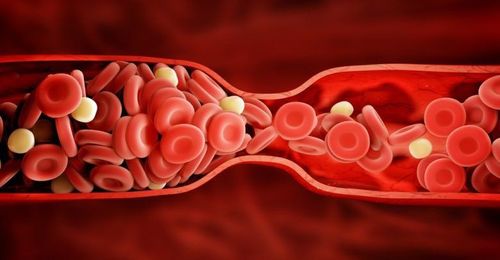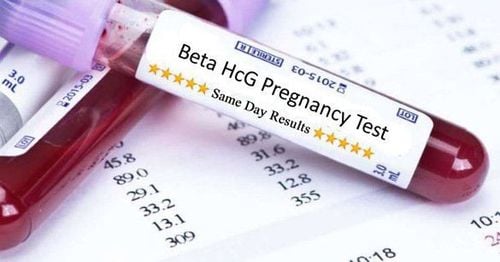This is an automatically translated article.
The article was professionally consulted with Master - Doctor Huynh An Thien - Department of Medical Examination and Internal Medicine, Vinmec Da Nang International General Hospital.The INR test is a type of blood test that measures blood clotting time. Also known as a coagulation test. It is used to monitor anticoagulant drugs. The internationally standardized INR can also be used to check if you have an anticoagulant potency problem.
1. Indication of the INR . test
Usually, the INR test is always done at the same time as the PT test (Prothrombin Time - test to check the blood clotting process) and the PTT test (Partial Thromboplastin Time - partial clotting test) for the purpose of:Find a cause for unusual bleeding or bruising; Check the effects of warfarin (Coumadin). Will check regularly to make sure the correct dose is being taken; Check for low levels of clotting factors. A lack of certain clotting factors can cause bleeding disorders such as hemophilia, which are passed down in families (inherited). Check for low levels of vitamin K. Vitamin K is needed to make prothrombin and other clotting factors; Check to see if it's safe to have a procedure or surgery that might cause bleeding; Check how the liver is working. Prothrombin levels are checked along with other liver tests, such as aspartate aminotransferase and alanine aminotransferase; Check to see if the body is using up the clotting factors so quickly that the blood cannot clot and the bleeding does not stop. This may mean intravascular coagulation (DIC).
2. Perform the INR . test
Many drugs can change the results of an INR test because the wire is a blood test. Be sure to tell your doctor about all over-the-counter and prescription medications you take, as well as any natural health products you use.Test INR with patient fingertip capillary blood on a handheld CoaguCheck XS INR meter and thromboplastin-impregnated test strips (Roche Diagnostics). Simultaneously, venous blood was drawn from the patient.
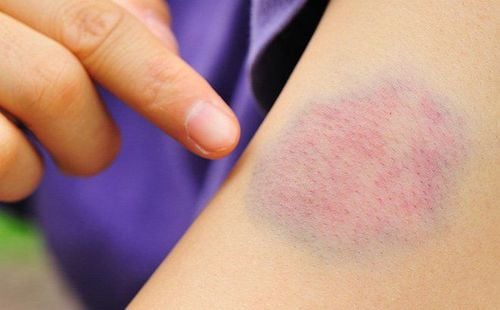
Coagucheck XS handheld INR analyzer (Roche, Germany); Finger prick capillary blood collection needle; The thromboplastin pre-impregnated test strip is compatible with the analyzer; Cotton, alcohol, tourniquet; Intravenous blood collection syringe and coagulation test tube; Steps to conduct the finger capillary INR test:
Turn on the switch, insert the test strip encoding card into the code reader slot of the Coagucheck machine; Insert the test strip into the test strip slot; The test strip tester, if the test strip matches the card code, the machine is ready to receive blood for testing; Disinfect the tip of the patient's index finger, swipe along the finger from the base of the finger to focus the blood on the tip of the finger; Use a stapler to lightly prick the patient's fingertip; Squeeze gently so that the blood that comes out gathers at the tip of the finger into a full drop; Place the drop of blood into the designated blood receiving section at the tip of the test strip; After 1 minute, the INR result and Prothrombin ratio will appear on the screen of the Coagucheck machine, ending the capillary INR test. 2.2 Arm venipuncture Procedure to perform the venous blood INR test:
Wrap an elastic band around the upper arm to stop the blood flow. This makes the veins below the band larger, making it easier to insert the needle into the vein; Clean the needle site with alcohol; Place the needle into the vein. More than one needle bar may be required; Attach a tube to the needle to fill it with blood; Remove the bandage from the arm when enough blood has been collected; Place a gauze pad or cotton ball over the needle site when the needle is removed; Apply pressure to the site of the blood draw and then bandage it.
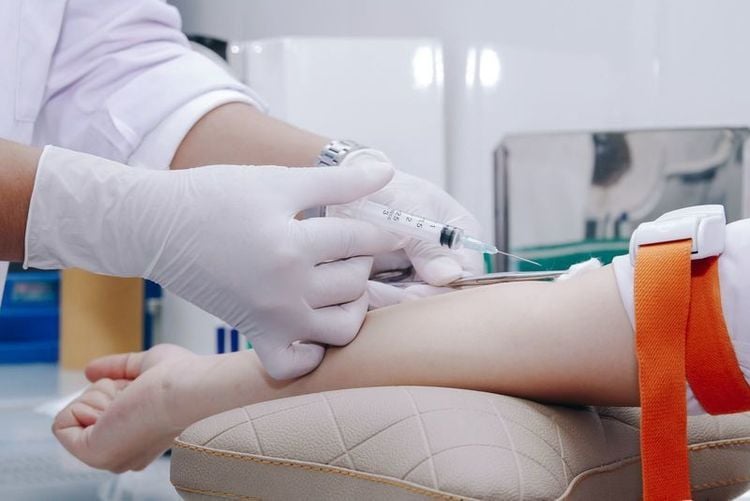
2nd check: done 3 to 6 days after the first test. Depending on the results of the first test, the time of the second test may change to determine the anticoagulant effect of the drug.
Check the following times: perform every 2 to 4 days until the INR is stable. Once the INR is stable, test weekly, or every two weeks, up to once a month to achieve a balanced INR.
In the case of a change in drug dose, the test should be performed every 2 to 4 days and repeated until the INR is stable.
3. Clinical significance of INR . test results
3.1 Normal INR The normal values listed here, referred to as the reference ranges, are a guide only. These ranges vary from lab to lab and the lab may have a different range for what is normal.In some laboratories, only the INR is reported and the PT is not reported. In a normal person, the INR is usually between 0.8 and 1.2.
In people taking anticoagulants, the INR should be between 2 and 3. The dose of warfarin (Coumadin) is changed so that the prothrombin time is about 1.5 to 2.5 times longer than normal.
3.2 Abnormal INR If this INR is greater than 2, it indicates insufficient anticoagulant effect.
If this INR is less than 3, the anticoagulant effect of the drug is too great.
In some cases, the INR can go up to 4.5. When the INR is greater than 5, there is always a high risk of bleeding.
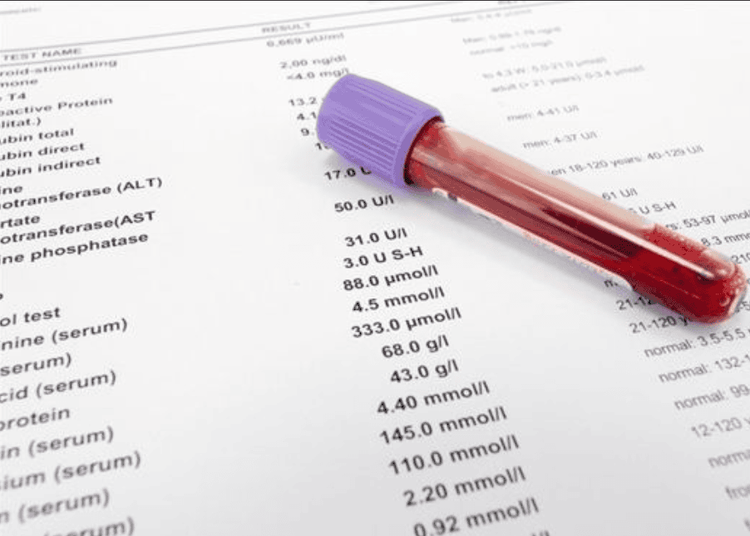
4. Notes when testing INR
It should be noted that the following factors can affect the INR test results:Alcohol, beer, tobacco, stimulants can change the INR; Antibiotics have the effect of increasing the INR and PT. Sedatives, oral contraceptives, hormone replacement, vitamin K have the effect of reducing INR and PT; Some foods such as beef, pork liver, green tea, broccoli, soybean, radish... have the effect of changing INR and PT results. Currently, there are many reputable facilities for INR testing such as state hospitals, private hospitals, clinics, testing centers,... However, you should consider choosing a place to do it. testing as well as medical examination and treatment to get the most accurate results.
Vinmec International General Hospital is one of the hospitals that not only ensures professional quality with a team of leading medical doctors, modern equipment and technology, but also stands out for its examination and consultation services. Comprehensive and professional medical consultation and treatment. A civilized, polite, safe and sterile medical examination and treatment space. Customers when choosing to perform tests here can be completely assured of the accuracy of test results.
Please dial HOTLINE for more information or register for an appointment HERE. Download MyVinmec app to make appointments faster and to manage your bookings easily.





